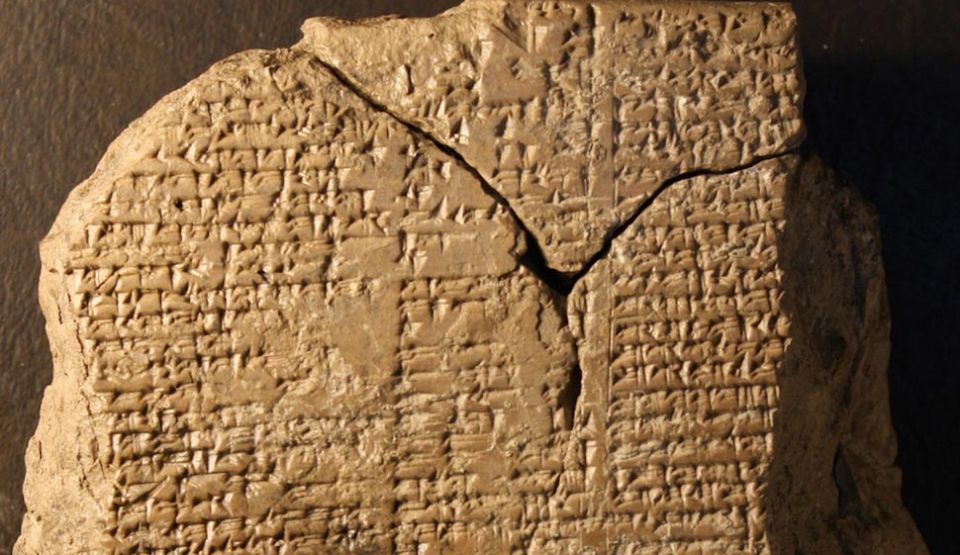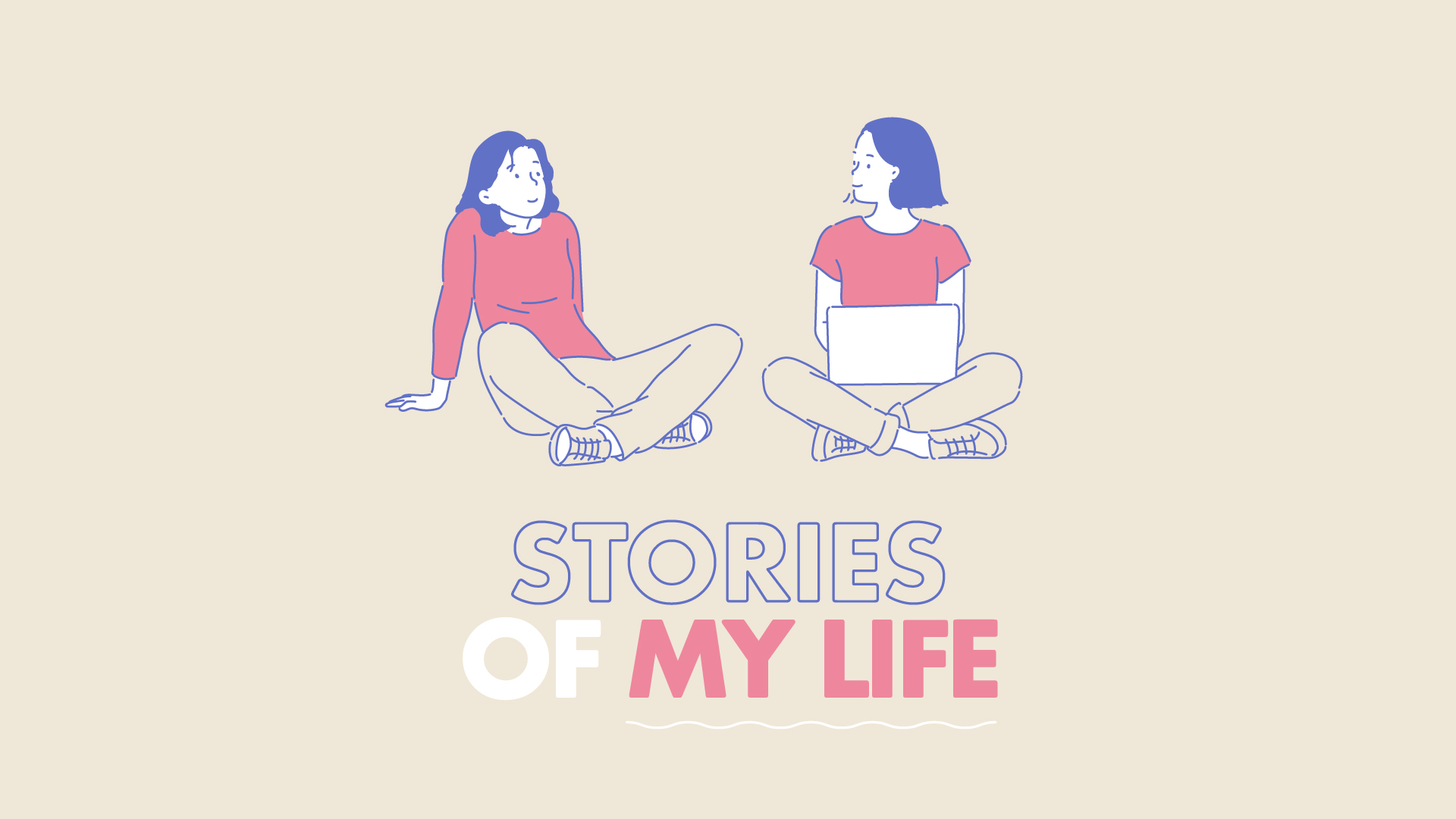A handsome king is blessed with superhuman strength, but his insufferable arrogance means that he threatens to wreak havoc on his kingdom. Enter a down-to-earth wayfarer who challenges him to fight. The king ends the battle chastened, and the two heroes become fast friends and embark on a series of dangerous quests across the kingdom.
This is, on fast forward, the Epic of Gilgamesh, engraved on ancient Babylonian tablets 4,000 years ago, making it the oldest surviving work of great literature. What is even more astonishing is the fact that it is read and enjoyed today, and that so many of its basic elements—including its heart-warming „bromance”—can be found in so many of the popular stories that have come since.
As a pretty nice bbc.com article mentioned a while ago: „From fireside folk tales to Netflix dramas, narratives are essential to every society.”
We may discuss about what can be called „literary darwinism”, meaning everything that makes a good story survive, together with all the evolutionary reasons for which some narratives—from Homer’s Odyssey to Harry Potter—have enjoyed such tremendous success. Today, we are no longer gathering around the fire, yet the modern adult spends around 6% of his time in a day immersed in stories displayed on various screens. A sort of clay tablets as well…
How about the unfolding of Our Story while reading Other People’s Stories?
We live in a world in which the ability to tell a (good) Story can underline the difference between success and failure. Stories revolve around us continuously and, either we know this or not, we use the power of the narrative daily. We use stories to persuade, to dissuade, to explain, to entertain, to illustrate something. We tell stories to help an agitated child get to sleep. We tell stories to make a good joke better, to demonstrate a perspective, to convince someone of our truth. Lawyers use the power of the narrative to convince a jury of the innocence of their clients. Advertisers use stories to show how incomplete our lives are without the products they sell, which will forever change our lives to the better. In their preaches, priests deploy stories to convince us to pursue the road to bettering ourselves. Whilst politicians…
All stories gravitate around the same themes: alliances made and broken, individuals rising and falling, complots, revenge, gratitude, hurt pride, successful and unsuccessful seduction, bereavement and grief.
Even if we are aware about this or not, we adore telling and listening to stories, because they take the chaos of our lives and render our days and hours more shape, a sens of order, and meaning.
Some say there are no new stories, but just new ways of telling the same old stories. We are all human, after all… We fall in love with the wrong person, we want to be rich, we want to reach the top of that mountain, we want to love and be loved, we want to earn that prize, and we want to be saved. The key-word here is „WANT”. This „Want” creates the Story, the movement, the dynamics. Yes, we are the Character, but the Character is not enough for the Story to exist; there is no Story unless the Character Wants something—and wants it badly. And we still don’t have a Story yet, as whatever the Character wants moves him through time and space, but what actually creates the Story is the moment when there comes an Obstacle between the Character and his goal. It’s only the Obstacle, together with the strong desire to overcome it, that pushes the Character—and the Story—forward. This forward movement creates conflict, action and more action, and, finally, the resolution. In every Story, always, the key is the Desire of the Character to attain his goal. This overwhelming desire strengthens the Character and gives him the power to survive all the ups and downs of the Story.
Any good story has an „Ah!” moment. Weak storytellers do not tell „ah” stories, because they avoid the climax moment, when the Character is in a balance moment and he gets—or not—what he wished for. Any story has a trajectory—a beginning, a middle and an ending. Any story ends with an aim, or at least this is what Aristotle named Telos. Telos signifies more than an ending, Telos means that the Character has reached his potential. As in, like, the Telos of an acorn is to become an oak…
Now, we know that in real life te great majority of acorns do not become oaks. And in our lives we do not get to Telos until we die. In exchange, we keep crawling through the second act of our lives, waiting for the climax of the Story.
This is why we are so satisfied reading a well structured Story. From the safe environment of our living room, we witness the efforts and the failures and the triumphs of a Character. We can follow the route to the Telos of other characters in the story, knowing at the same time that nothing has changed in our lives, maybe just that during our reading the sun has set, the phone rang or dinner is ready. Our Character maybe has fought hard battles and suffered significant losses, or something has changed him forever, and maybe, spiritually, this Story changed us, rocked our foundation but, during all this time, our world has basically remained the same.
„The more people read fiction, the easier they find it to empathize with other people.”—Joseph Carroll, University of Missouri-St Louis
Most probably, this is because reading to or telling stories activates certain regions in the cerebral cortex, known for their involvement in the social and emotional processing of information. We are used to the cliché: „the left hemisphere is about reason and calculus, the right hemisphere is about emotion and creativity.”, yet things are not that clear-cut.
„The left hemisphere holds a narrative function, it is a region serving at the linguistic articulation of the unfolding of a person’s life. But our autobiographic memories are mainly located in the right hemisphere, and the creation of a coherent narrative requires at least this bilateral form of integration. The integration of the two hemispheres helps us give meaning to our own life.”—Daniel Siegel, „Mindfulness and neurobiology”
Each Story starts with harmonizing the cerebral hemispheres (right for remembering the experience, left for being able to speak about it) and with finding the Voice. But this cannot be achieved by standing on the side; one has to get into the Story, clear one’s throat and let the Story begin…
Now think at your own Story and ask yourself:
- Who truly ‘owns’ the Story? Whose Story is it, anyway?
- What happened before the Story began?
- What happens after the Story ended?
- How do I know the Story ended?
- What’s at stake for the protagonist?
- What will happen if the story does not get told?
- What does the protagonist really want?
- What kind of secrets is the protagonist keeping from the audience? And from himself?
- What is the protagonist doing to seduce his audience, to convince it of his Truth?
- How much will the protagonist grow during the Story?
Surely, surely, we polish OUR STORY all our life, hoping to perfect it. But art is never perfect, and the Story will not end up exactly the way we want it to end. Stories breathe in their own rhythm and, when they are ready, they leave us to live their own lives, they abandon us. Sometimes, years later, they come back so transformed, that we do not even recognize them anymore. The best thing to do is dress them nicely, comb their hair and let them loose into the world at large. Who knows, maybe in 4000 years, someone will still be able to read them on other clay tablets…




Recent Comments